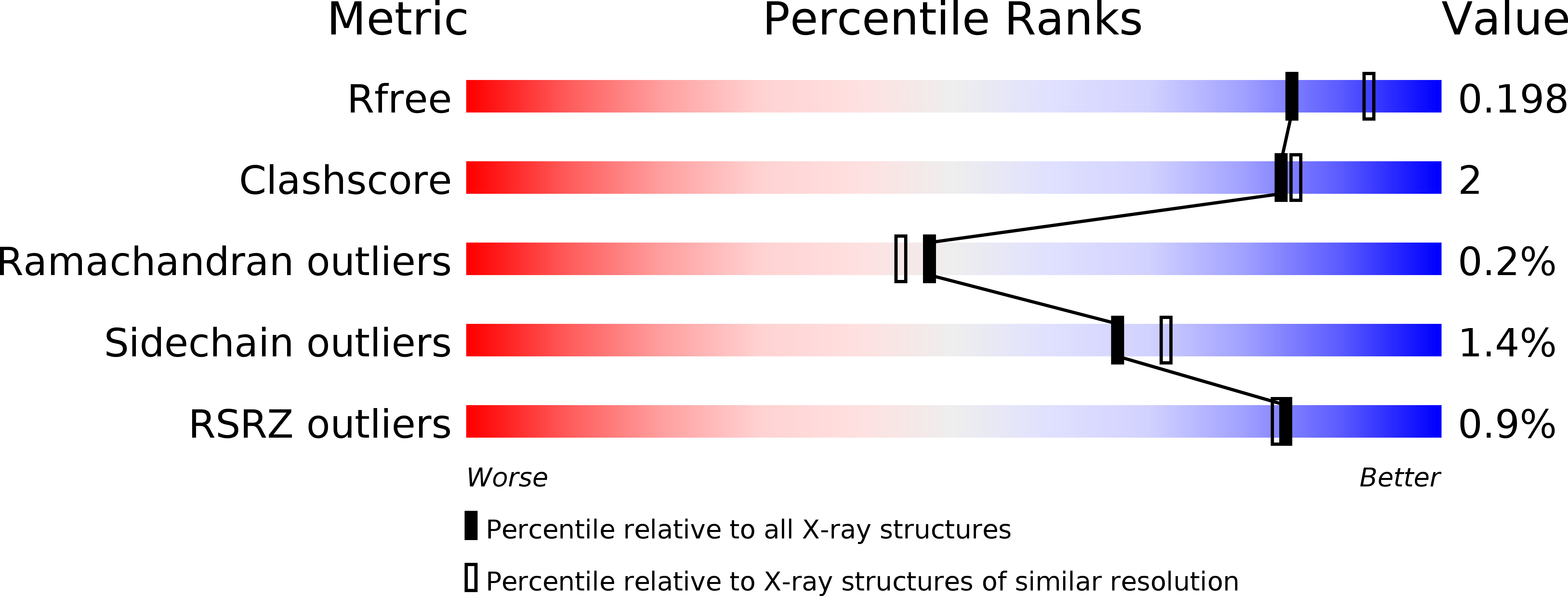
Deposition Date
2017-03-16
Release Date
2017-11-01
Last Version Date
2023-11-22
Entry Detail
PDB ID:
5XB7
Keywords:
Title:
GH42 alpha-L-arabinopyranosidase from Bifidobacterium animalis subsp. lactis Bl-04
Biological Source:
Source Organism:
Bifidobacterium animalis subsp. lactis (Taxon ID: 302911)
Host Organism:
Method Details:
Experimental Method:
Resolution:
2.00 Å
R-Value Free:
0.19
R-Value Work:
0.15
R-Value Observed:
0.15
Space Group:
P 41 21 2


